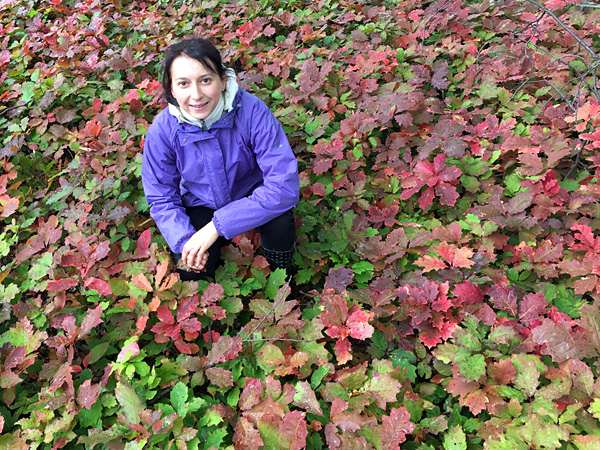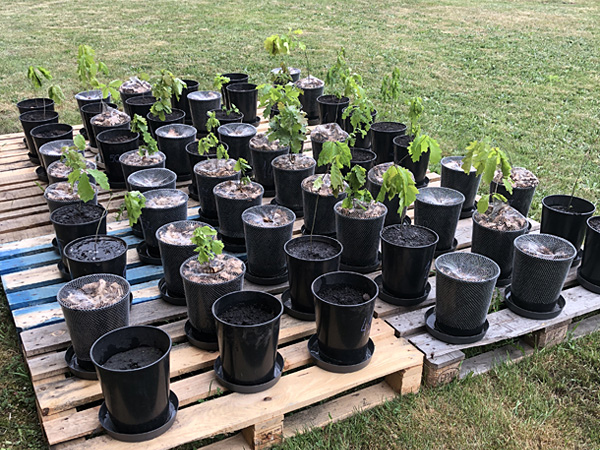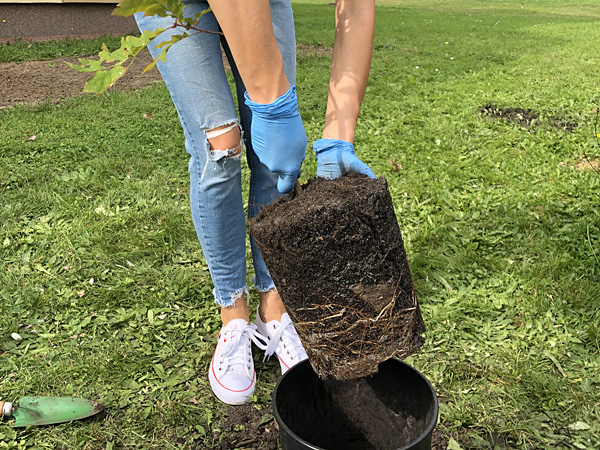The impact of alien tree species – red oak (Quercus rubra L.) – on soil physicochemical properties, soil microbial communities and forest vegetation
Summary
The problem of biological invasions has been recognized as an important element of global change related to human activity. Invasions are among the major causes of habitat loss and biodiversity decrease worldwide. They can alter important ecosystem processes and properties such as primary productivity, organic matter decomposition, nutrient cycling dynamics, and natural disturbance frequency. Invasive plants may affect both native plant communities and soil properties. They change soil properties as they differ from natives in many traits, including the quality of biomass (concentrations of elements and secondary metabolites) provided to the soil in autumn. Invasive plants exert a strong influence on the activity, biomass, and diversity of the soil microbial community. The changes in the soil environment caused by invasive plants may hamper the re-colonization by native species, which can significantly hinder the revitalization of invaded habitats.
One of the most widespread and best-regenerating alien tree species in Europe is a Northern American species, red oak (Quercus rubra L.), which was intentionally introduced into European forests in the XVII century, in order to enrich the layer of undergrowth, increase wind protection, and for ornamental purposes. Red oak has the status of an invasive plant in the Polish flora, causing serious changes in ecosystems, including naturally valuable areas. Some traits of this species, i.e., rapid acclimatization, high productivity, and a wide range of tolerance to environmental conditions cause that the introduction of red oak to forest cultivation is controversial. Recent research showed that Q. rubra can alter soil properties and processes. The research has focused mainly on C and N concentrations, and their mineralization rate in soil, neglecting other important properties of soil and microbial communities. Comprehensive evaluation of the magnitude, direction, and mechanisms of changes brought about by alien Q. rubra in soil may be crucial for conservation biology as the changes induced by Q. rubra may drive the forest ecosystem towards a no-return threshold for the restoration of the original forests.
The aims of this project are: (1) Evaluation of the influence of alien Q. rubra on soil physicochemical and microbial properties in comparison to native communities in field conditions; (2) Comparison of the quality of freshly fallen leaves of alien Q. rubra with the leaves of both native communities and native Quercus robur in field conditions; (3) Assessment of the effects of alien Q. rubra and native Q. robur seedling growth and litter deposition on soil properties in a pot experiment; (4) Assessment of the impact of Q. rubra on vegetation in semi-natural forests of southern Poland.
Collected leaves will be characterized in respect of concentrations of elemental nutrients (C, N, Ca, Mg, K, P) and phenolic compounds, namely total phenolics, condensed tannins, and selected specific phenolic compounds, for example, catechin, epicatechin, gallic acid, quercetin, in order to assess the quality and quantity of compounds supplied to the soil through litterfall. Assessment of the impact of Q. rubra on the soil will be possible through analyzes of the above listed chemical parameters along with pH, and element availability in soil. Moreover, the composition and functions of microbial communities will be characterized by measurements of the activity of selected soil enzymes, which participate in the decomposition of dead organic matter, soil respiration, as well as bacterial and fungal biomass and community composition using analysis of fatty acids extracted from their cell membranes.

Photo: Małgorzata Stanek.

Photo: Małgorzata Stanek.

Photo: Małgorzata Stanek.





